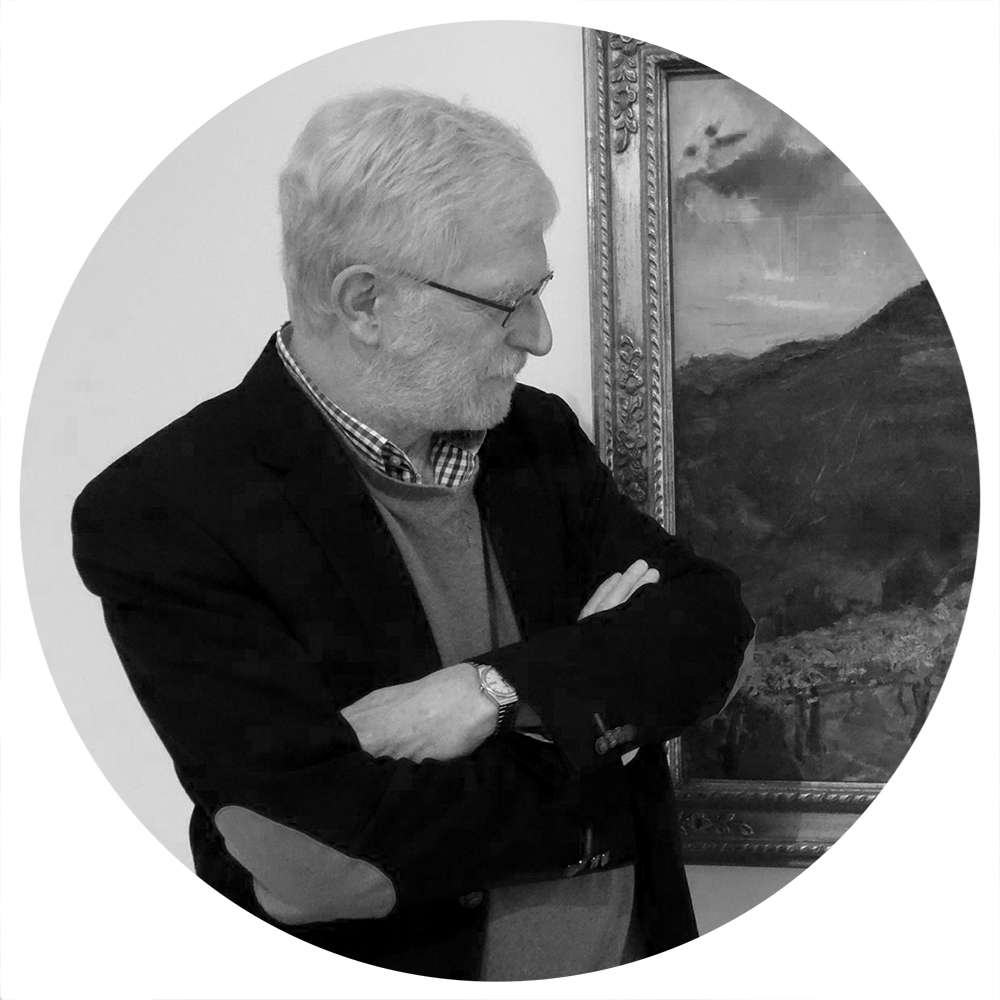Catalogue Judith Sturm and Yi Lü | Insight vs Outlook | 2009
Ernest W. Uthemann | Curator | Author | Former Director Stadtgalerie SB | Research Associate Saarlandmuseum - Saarbrücken | Germany
A double exhibition always challenges us to relate the work of the two artists involved, especially when - as in this case - there seems to be a kinship between the subjects. Naked or scantily clad bodies are the motifs of both Judith Sturm and Yi Lü. A classic theme of art, therefore, that is situated between the sober exploration of nature using the example of the human body, the attempt to get to the bottom of the psyche by depicting it, and the desire for eroticism. All three possibilities play a role in the paintings of the Chinese painter and the German painter, and in both cases these aspects are to a certain extent located in everyday life.
In doing so, Judith Sturm certainly tries to approach an ideal, that of a slender, flexible, well-proportioned female body - in a word: the idea of the "model". In the poses of the women and in their display of both bare skin and fashionable accessories, the artist comes close to this view, but her models are more like the pretty but "everyday" girls in department stores' brochures than the "super beauties" à la Claudia Schiffer or Heidi Klum. The clothing, too, points more to "prêt-à-porter" than to "haute couture". Especially where the women portrayed look like paper dolls, a distanced, almost satirical view of the rituals of the fashion world becomes perceptible, a pessimistic one almost, when the colour of the incarnate mixed with salts looks like age-stained: The old vanitas motif from early modern art of "death and the girl", of the transience of all beauty, echoes here. In the fragmentation of the body, in the focus on certain parts of the female body, on legs, buttocks and breasts, there is a critical reference to a contemporary depersonalised eroticism that disregards the individual and only focuses on "stimulating" details.
In contrast, Yi Lü's bathers seem sharply individualised. His paintings, like those of Judith Sturm, are also based on photographs, but not those for which someone would have posed. The paintings rather have the character of snapshots taken by holidaymakers at the seaside, even if here and there there is a hint of compositional intention when a certain detail has been chosen or figures have obviously been "assembled" from different originals. Yi Lü approaches the theme of the beauty and transience of the human body from the opposite side, so to speak: He does not "dismantle" the ideal of a perfect body through painterly means, as Judith Sturm does, but shows various stages of its ageing, from tender childishness to self-confident youthfulness, the increase in body circumference, the wrinkling of the skin to senile frailty. Yi Lü counters the popular wisdom that naked people are all the same with the visualised realisation that all people are equally vulnerable in their nakedness, even where they devote themselves to regenerating their bodies. In these pictures, recreation seems to turn into the compulsion to have fun in and with one's body, but fun that ends precisely where the body itself draws boundaries.
The Chinese painter and the German painter, both virtuosos in their own way - Yi Lü in an impressionist-inspired photorealism, Judith Sturm in a verism tending towards stylisation - deal in their art with similar motifs and converging themes that revolve around the question of what we expect of our bodies (and thus of our lives), how we deal with the contrast between the demands we make on our bodies and the reality of their transience.


Leave a reply
You must be logged in to post a comment.